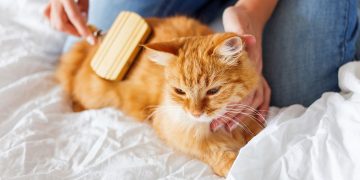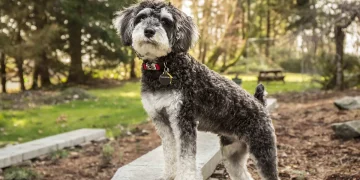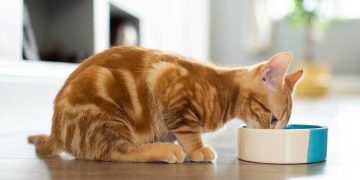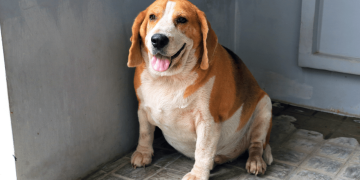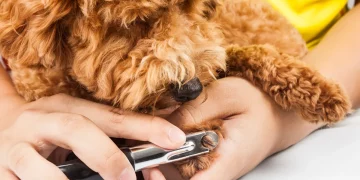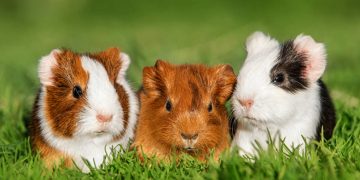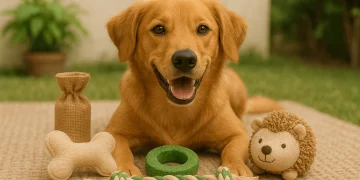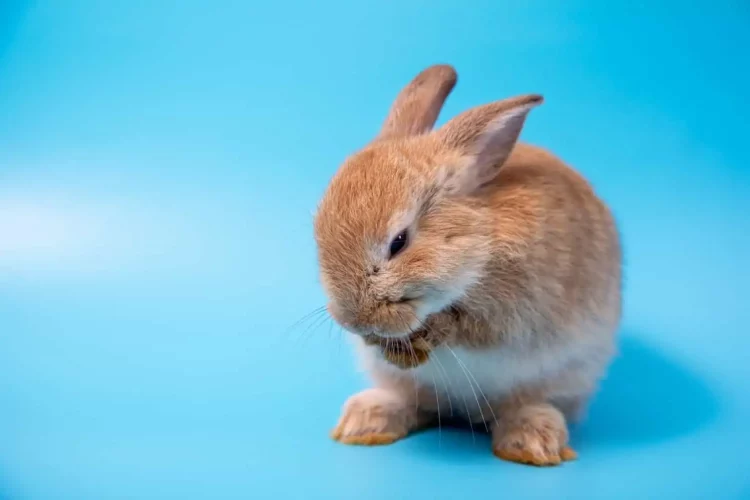Dwarf rabbits are the epitome of pocket-sized pets, with adult specimens tipping the scales at around 1 kilogram and stretching to a length of approximately 30 centimeters. Not only are they compact, but they also boast a docile and friendly demeanor, making them ideal companions for those seeking a small but sociable furry friend.
Creating a Cozy Kingdom: Housing Your Dwarf Rabbit
A proper habitat is paramount for the well-being of a dwarf rabbit. The enclosure must be spacious enough to allow for ample movement, including the ability for the rabbit to stand on its hind legs without hindrance. Height is as important as footprint, ensuring that these diminutive bunnies can hop and stretch to their heart’s content.
Hydration without the Hassle: Watering Wisely
Traditional water bowls, while common, can lead to dampness around the rabbit’s mouth, potentially causing uncomfortable and harmful conditions like cheilitis. To circumvent this, savvy pet owners opt for a water bottle or dispenser that allows the rabbit to hydrate without the mess.
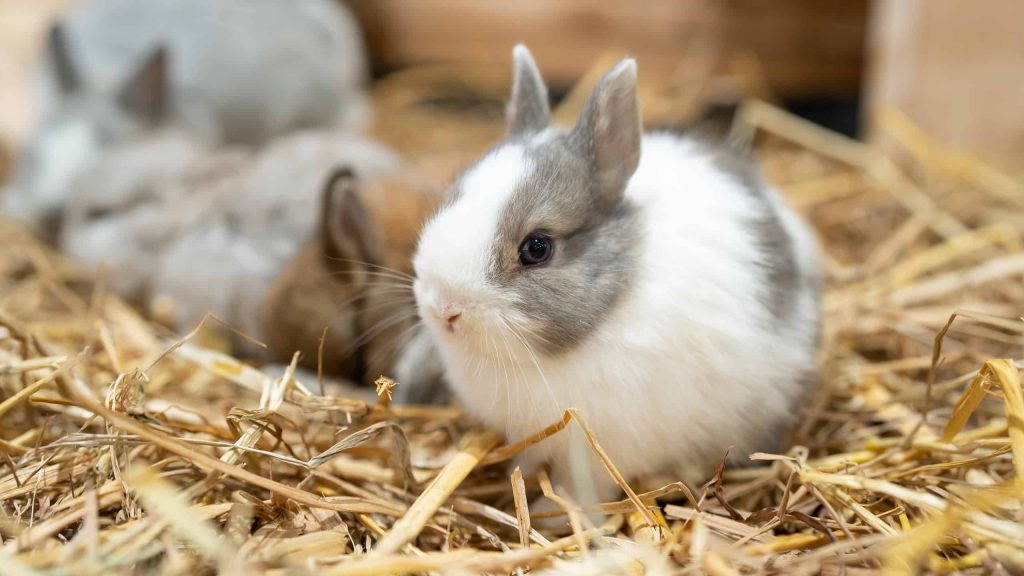
Litter and Cleanliness: A Daily Duty
Dwarf rabbits, like their larger counterparts, require a dedicated area for their waste. Due to the naturally potent odor of rabbit urine, a well-sized litter box within the cage is necessary, with daily cleaning to maintain a hygienic environment.
Dietary Delights: Feeding Your Dwarf Rabbit
A balanced diet for a dwarf rabbit includes specialized pellets and hay, which should be the mainstay of their intake. Occasional treats in the form of vegetables and fruits can be offered, but moderation is key to prevent digestive issues.
1. The Ideal Rabbit Hutch
The perfect hutch for a dwarf rabbit is not just about size but also about comfort and safety. Avoiding metal flooring is advisable to protect delicate paws, and additions like a toilet area, food containers, hay racks, and cozy sleeping quarters can make a rabbit’s life both comfortable and enriching.
2. Grooming and Care
Regular grooming is essential to keep the rabbit’s coat in prime condition. Nail trimming should be done monthly to prevent overgrowth, and bathing is generally discouraged since rabbits are adept at self-cleaning and can experience health issues if bathed improperly.

3. Exercise and Interaction
Dwarf rabbits require daily exercise and should not be confined to their cage at all times. Allowing them to roam freely under supervision for an hour or two each day can prevent depression and promote a healthy lifestyle. When handling your rabbit, it’s crucial to support their back and hindquarters to prevent injury.
4. Health and Hygiene
Monitoring your rabbit’s health includes observing their behavior, appetite, and waste. Healthy rabbit droppings are round and dark without a strong odor. Ensuring a variety of dry hay, pellets, and occasional fresh foods in their diet will help maintain their health and prevent gastrointestinal issues.
5. Watering Practices
Dwarf rabbits should not drink directly from water bowls, which can lead to a condition known as “slobbers.” Instead, a sipper bottle designed for small rodents is a better option, preventing wetness around the mouth and reducing the risk of infection.
6. Handling with Care
When picking up a dwarf rabbit, never grasp them by the ears. Instead, support their back with one hand and their bottom with the other, gently lifting them in a secure and comfortable manner to avoid any harm.
7. Litter Training
Rabbits can be litter trained much like cats. By placing a litter box in their cage and rewarding them for using it, you can encourage good bathroom habits. If they resist, placing a bit of their waste into the box can help them understand where to go.
Conclusion
Caring for a dwarf rabbit involves a blend of proper housing, diet, grooming, and affection. With the right approach, these small creatures can provide big joy to their human companions.



